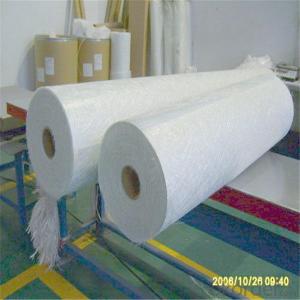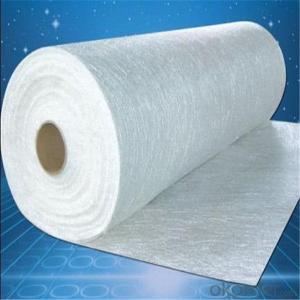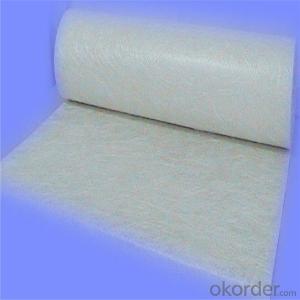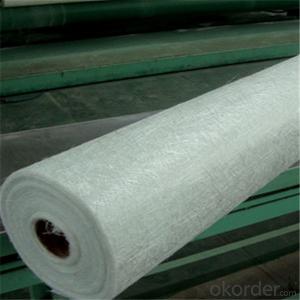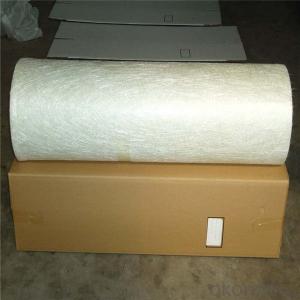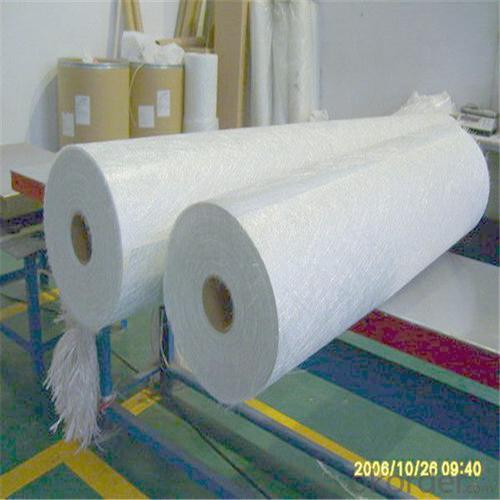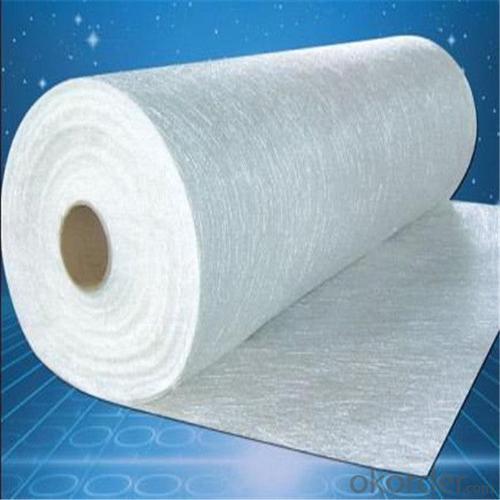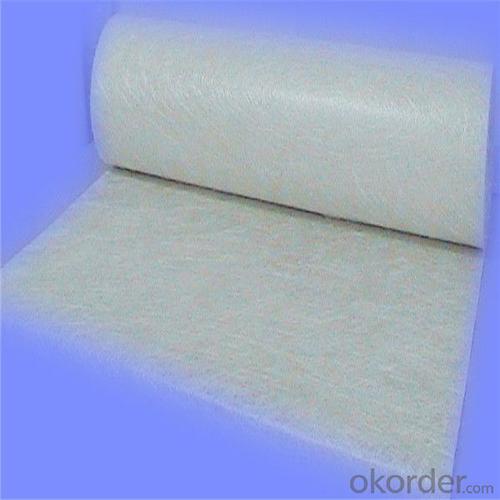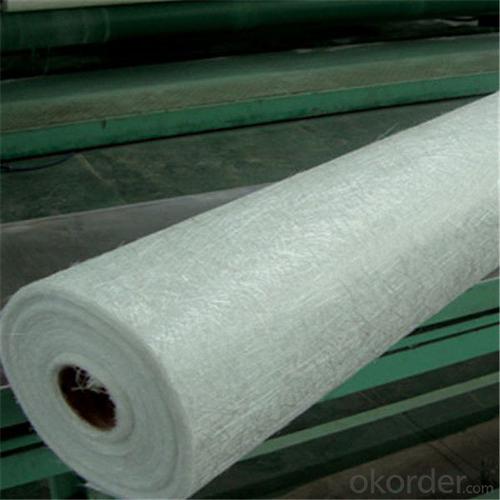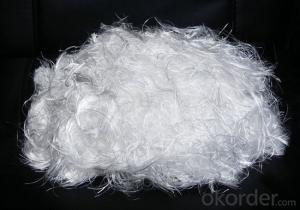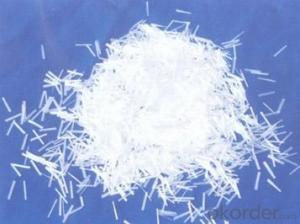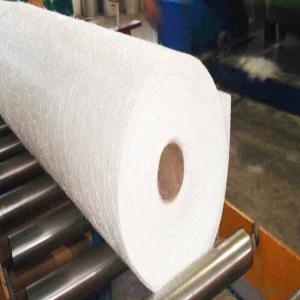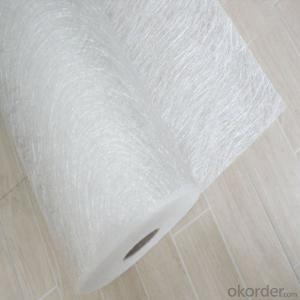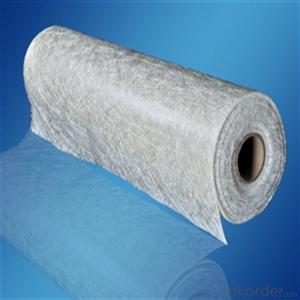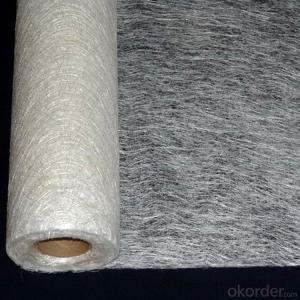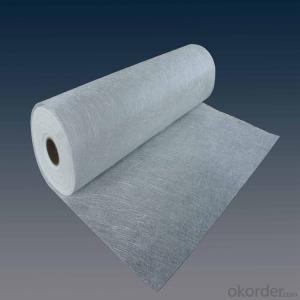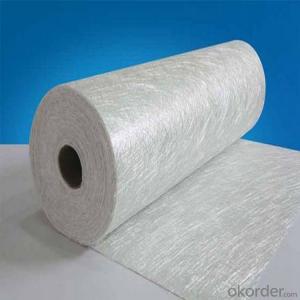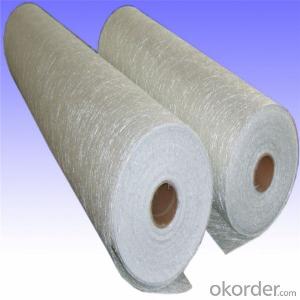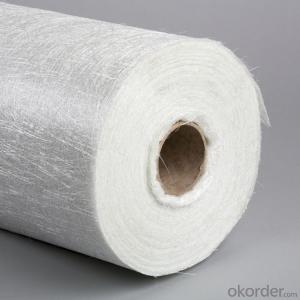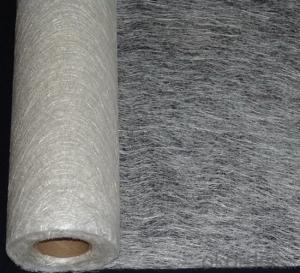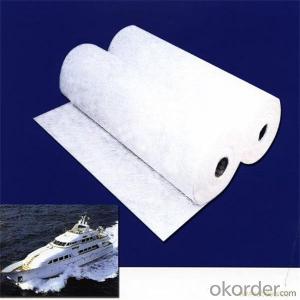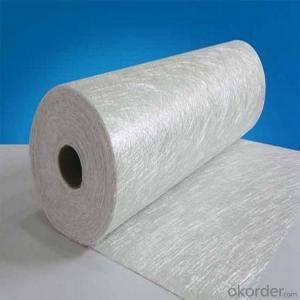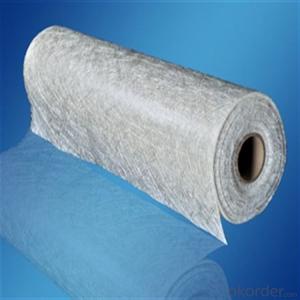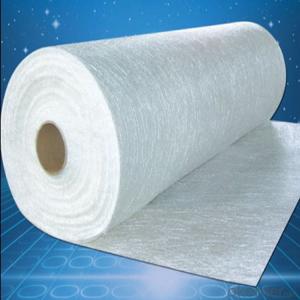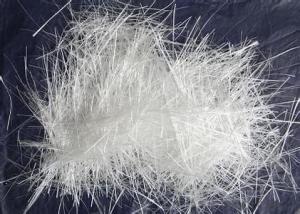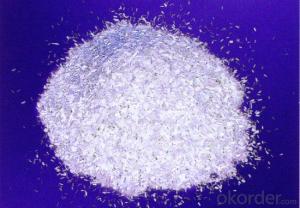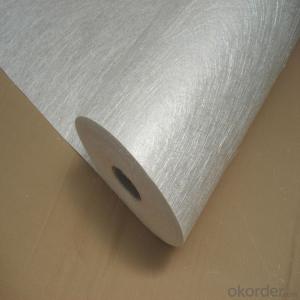Fiberglass Chopped Strand 100g Glassfiber Chopped Stand Mat for Fiberglass Car Body
- Loading Port:
- Tianjin
- Payment Terms:
- TT OR LC
- Min Order Qty:
- 100 m.t.
- Supply Capability:
- 20000 m.t./month
OKorder Service Pledge
Quality Product, Order Online Tracking, Timely Delivery
OKorder Financial Service
Credit Rating, Credit Services, Credit Purchasing
You Might Also Like
Quick Details
| Technique: | Chopped Strand Fiberglass Mat (CSM) | Dimensions: | 450gsm | Mat Type: | Continuous Filament Mat |
| Fiberglass Type: | E-Glass | Softness: | softness | Place of Origin: | Jiangxi, China (Mainland) |
| Brand Name: | cnbm | Model Number: | 450gsm | color: | white |
| fiberglass type: | E glass | product: | e-glass powder chopped stand mats | binder: | powder or emulsion |
| width: | 1040 or 1270mm, as your requirement | weight: | 30 or 45kg/roll | paper tube diameter: | 90mm |
| outer diameter of roll: | 256mm | packing: | plastic film+carton box + pallet |
Packaging & Delivery
| Packaging Details: | plastic film+carton box + pallet |
| Delivery Detail: | 15-20days |
Specifications
1.e-glass powder chopped stand mats
2.binder:power or emulsion
3.width:1040mm or 1270mm
4.weight:450gsm
Picture
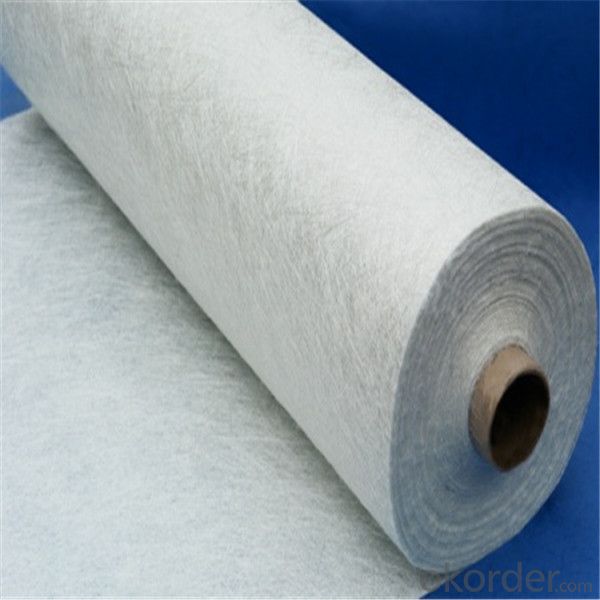
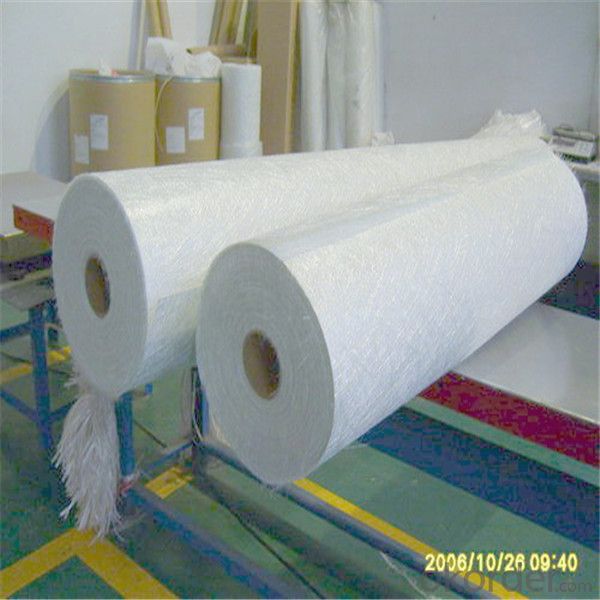

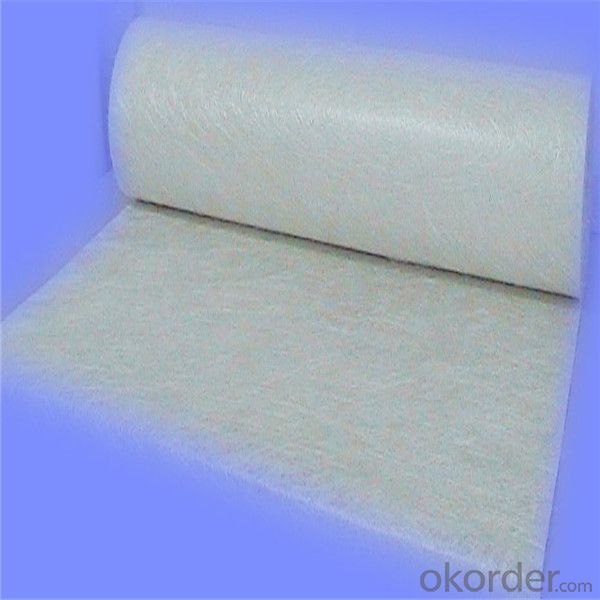
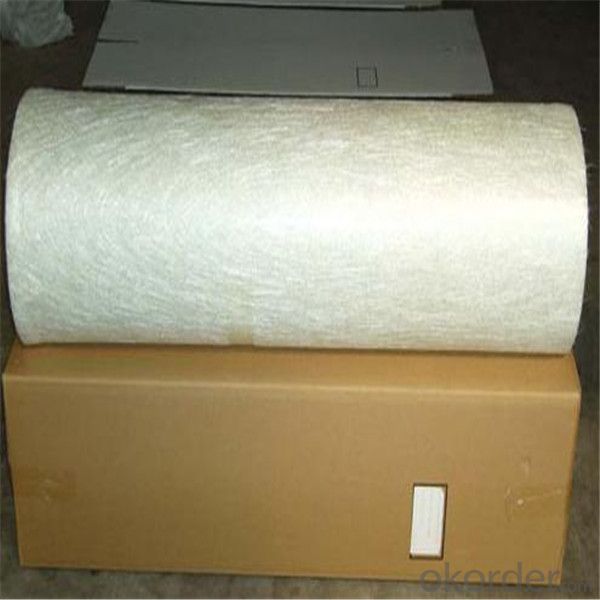
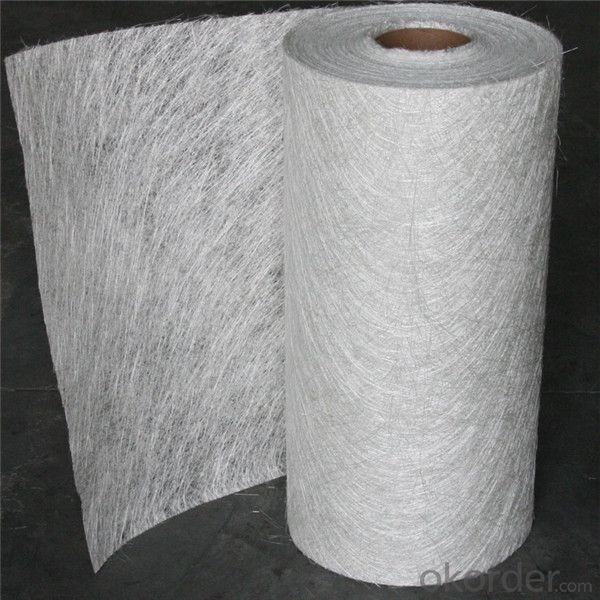
- Q: Is fiberglass chopped strand resistant to extreme weather conditions?
- Yes, fiberglass chopped strand is generally resistant to extreme weather conditions. It has excellent resistance to both high and low temperatures, as well as UV radiation, making it suitable for outdoor applications that are exposed to harsh weather conditions.
- Q: What is the impact resistance of fiberglass chopped strand?
- Fiberglass chopped strand exhibits a significant level of impact resistance. Renowned for its exceptional strength and durability, fiberglass retains these attributes even when cut into smaller strands. The strands are typically of varying lengths and orientations, effectively dispersing impact forces throughout the material and enhancing its resistance to damage. Consequently, fiberglass chopped strand is widely favored in applications where impact resistance is crucial, such as automotive components, construction materials, and sporting gear. Moreover, utilizing fiberglass chopped strand in composites can further augment the final product's impact resistance. In summary, fiberglass chopped strand is esteemed for its capacity to withstand substantial levels of impact, offering a reliable and long-lasting solution for diverse industries.
- Q: Is fiberglass chopped strand compatible with different processing techniques?
- Yes, fiberglass chopped strand is compatible with different processing techniques. It can be used in various manufacturing processes such as injection molding, compression molding, pultrusion, and filament winding. The versatility of fiberglass chopped strand allows it to be easily incorporated into different production methods, making it a popular choice in industries such as automotive, construction, and aerospace.
- Q: Does fiberglass chopped strand improve the sound insulation properties of composite materials?
- Yes, fiberglass chopped strand can improve the sound insulation properties of composite materials. Fiberglass, known for its excellent acoustic properties, is commonly used in soundproofing applications due to its ability to absorb and dampen sound waves. When added as chopped strands to composite materials, it enhances their sound insulation capabilities by reducing the transmission of sound through the material. The fine fibers of fiberglass help to dissipate and absorb sound energy, resulting in reduced noise transmission and improved sound insulation. Additionally, fiberglass chopped strand can also enhance the structural integrity of composite materials, making them more effective in blocking and absorbing sound waves. Overall, the addition of fiberglass chopped strand to composite materials can significantly enhance their sound insulation properties, making them suitable for various applications such as automotive, aerospace, and building construction.
- Q: How does the fiber diameter affect the properties of fiberglass chopped strand?
- The fiber diameter of fiberglass chopped strand affects the properties of the material in several ways. A smaller fiber diameter generally increases the surface area, leading to better bonding with the resin matrix. This enhances the overall strength and stiffness of the fiberglass composite. Additionally, a smaller fiber diameter can improve the flexibility and impact resistance of the material. On the other hand, a larger fiber diameter may provide improved resistance to cracking and abrasion. Therefore, the fiber diameter plays a crucial role in determining the specific properties and performance of fiberglass chopped strand.
- Q: Is fiberglass chopped strand compatible with silicone resin?
- Yes, fiberglass chopped strand is generally compatible with silicone resin. Silicone resins are known for their excellent adhesion properties and can bond well with various materials, including fiberglass. The compatibility between the two depends on factors such as the specific type and formulation of the silicone resin, as well as the surface treatment of the fiberglass. It is recommended to conduct compatibility tests or consult the manufacturer's guidelines to ensure proper adhesion and performance when using fiberglass chopped strand with silicone resin.
- Q: What are the torsional strength properties of fiberglass chopped strand?
- The torsional strength properties of fiberglass chopped strand are influenced by various factors. These factors include the length and alignment of the fibers, the type of resin utilized, and the manufacturing process. Typically, fiberglass chopped strand exhibits satisfactory torsional strength due to the inherent strength of glass fibers. The elongated and slender glass fibers found in chopped strand exhibit exceptional resistance against torsional forces. When these fibers are arranged parallelly or randomly, they effectively distribute and withstand torsional loads. Additionally, the length of the fibers plays a role in determining torsional strength, as longer fibers generally provide better resistance against twisting forces. The type of resin employed during the manufacturing process also impacts the torsional strength properties. Fiberglass chopped strand is commonly combined with a resin matrix, such as epoxy or polyester, to create a composite material. The choice of resin can affect the overall torsional strength since different resins possess varying degrees of stiffness and flexibility. Furthermore, the manufacturing process plays a crucial role in the torsional strength of fiberglass chopped strand. Proper fiber alignment, resin impregnation, and curing techniques are essential for achieving optimal torsional strength properties. If the fibers are unevenly distributed or the resin is inadequately impregnated, the torsional strength may be compromised. In conclusion, fiberglass chopped strand generally exhibits good torsional strength due to the inherent strength of glass fibers. The length and alignment of the fibers, the type of resin used, and the manufacturing process all contribute to the overall torsional strength properties of the material.
- Q: Can fiberglass chopped strand be used in the production of electrical components?
- Yes, fiberglass chopped strand can be used in the production of electrical components. It is a commonly used reinforcement material in electrical applications due to its excellent electrical insulation properties. The chopped strands provide reinforcement and help improve the mechanical strength and dimensional stability of the components.
- Q: What is short cut fiber? What's the nature of it?
- Technical standard:The content of R2O is less than or equal to 0.80% types: even my agent: silane applicable resin: PA, PP, PBT, ABS, BMC fiber diameter: 9 - 13 m moisture content: less than 0.1%
- Q: Can fiberglass chopped strand be used for reinforcing concrete?
- Fiberglass chopped strand is indeed suitable for reinforcing concrete. It comprises glass fibers that are chopped into shorter lengths and incorporated into the concrete mix. By doing so, these fibers effectively amplify the concrete's overall robustness, longevity, and crack resistance. Moreover, they contribute to managing shrinkage and minimizing crack formation. In addition to being lightweight, fiberglass chopped strand boasts corrosion resistance and outstanding performance in challenging surroundings. Consequently, it is frequently employed in various concrete applications such as slabs, walls, precast elements, and shotcrete.
Send your message to us
Fiberglass Chopped Strand 100g Glassfiber Chopped Stand Mat for Fiberglass Car Body
- Loading Port:
- Tianjin
- Payment Terms:
- TT OR LC
- Min Order Qty:
- 100 m.t.
- Supply Capability:
- 20000 m.t./month
OKorder Service Pledge
Quality Product, Order Online Tracking, Timely Delivery
OKorder Financial Service
Credit Rating, Credit Services, Credit Purchasing
Similar products
Hot products
Hot Searches
Related keywords
